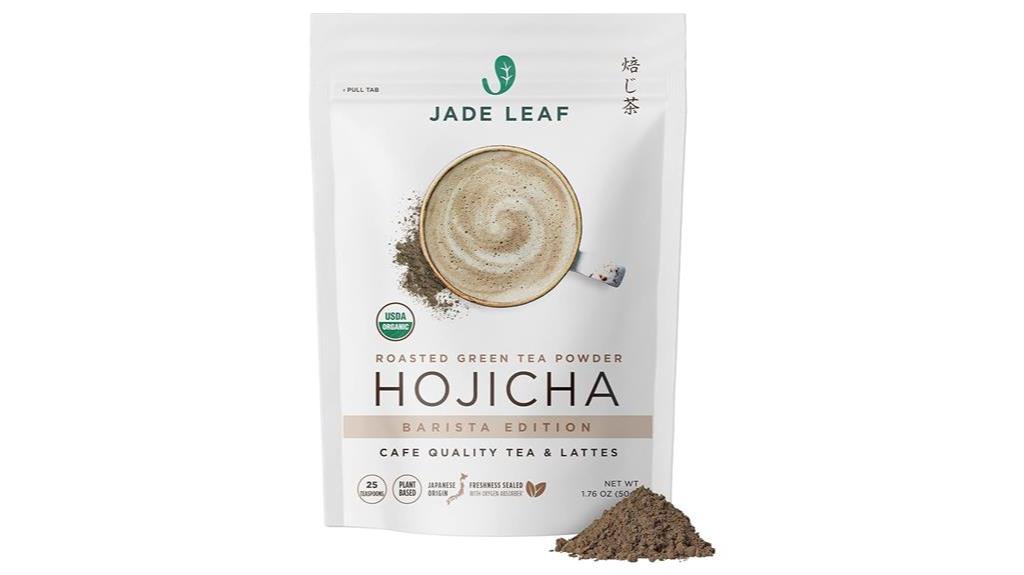Are you curious about the difference between kalonji and black sesame seeds? Look no further!
In this article, we’ll explore the distinct characteristics of these two seeds. From their appearance and taste to their nutritional composition and culinary uses, we’ll provide you with all the information you need to become an expert.
So get ready to discover the unique flavors and health benefits of kalonji and black sesame seeds!
Appearance and Color
The article will now discuss the appearance and color of the seeds.
When it comes to innovation, the appearance and color of kalonji and black sesame seeds play a crucial role.
Kalonji seeds are small, triangular in shape, and jet black in color. They have a distinct texture and emit a strong, pungent aroma.
On the other hand, black sesame seeds are slightly larger, oval-shaped, and have a shiny, deep black color. They have a smooth texture and a milder, nutty flavor.
Both seeds are visually appealing and add a unique touch to any dish or recipe. Whether you’re looking to experiment with flavors or create visually stunning presentations, the appearance and color of these seeds will definitely cater to your innovative desires.
Taste and Flavor Profile

When it comes to their taste and flavor profile, you’ll find that both kalonji and black sesame seeds offer a unique combination of earthiness and nuttiness. These seeds are packed with rich, aromatic flavors that add depth to your dishes.
Kalonji seeds have a slightly bitter taste with a hint of sweetness and a warm, peppery undertone. They have a distinct flavor that enhances the overall taste of your meals.
On the other hand, black sesame seeds have a milder, more delicate flavor profile. They’re subtly nutty with a hint of sweetness and a buttery texture. Their flavor isn’t overpowering, allowing them to complement a variety of dishes.
Whether you choose kalonji or black sesame seeds, you can expect a delightful burst of innovative flavors in your culinary creations.
Nutritional Composition
For a comprehensive understanding of the benefits of both kalonji and black sesame seeds, let’s explore their nutritional composition.
These tiny powerhouses contain essential nutrients to fuel your body and support your overall well-being.
Kalonji seeds are a rich source of protein, fiber, and healthy fats. They also contain vitamins B1, B2, and B3, as well as minerals like calcium, iron, and phosphorus.
On the other hand, black sesame seeds are loaded with antioxidants, which can help fight inflammation and protect against chronic diseases. They are also a great source of dietary fiber, protein, and healthy fats. Additionally, black sesame seeds are rich in vitamins B1, B2, and E and other essential minerals like copper, manganese, and magnesium as well.
Incorporating these nutrient-dense seeds into your diet can provide various health benefits and add a delicious twist to your meals.
Culinary Uses of Kalonji and Black Sesame Seeds

Have you ever wondered how you can incorporate kalonji and black sesame seeds into your cooking? These versatile seeds can add a unique and flavorful twist to your dishes, perfect for those who desire innovative flavors.
Kalonji seeds, also known as Nigella seeds, have a nutty and peppery taste that pairs well with curries, bread, and even yogurt. You can sprinkle them on top of your salads or as a seasoning for roasted vegetables.
Black sesame seeds, on the other hand, have a rich and earthy taste that goes well with both sweet and savory dishes. You can use them as a topping for desserts, such as cakes and cookies, or incorporate them into stir-fries and sauces for an added crunch and depth of flavor.
Health Benefits and Medicinal Uses
If you incorporate a small amount of kalonji and black sesame seeds into your diet, you can experience numerous health benefits and take advantage of their medicinal uses.
Kalonji seeds are known for their anti-inflammatory properties, which can help reduce symptoms of asthma, arthritis, and allergies. They also contain antioxidants that can guard your cells from damage and lower the chances of getting chronic diseases like heart disease and cancer.
On the other hand, black sesame seeds contain essential nutrients like calcium, iron, and magnesium, which are necessary for bone health and preventing anemia. These seeds also contain lignans, which have been shown to have anti-cancer properties.
Kalonji and Black Sesame Seeds: Are they the same?
Kalonji and black sesame seeds are different plants with distinct characteristics and uses. Kalonji seeds come from the Nigella sativa plant, a member of the buttercup family, while black sesame seeds come from the Sesamum indicum plant, a member of the Pedaliaceae family. Kalonji seeds, also called nigella, black cumin, or black onion seeds, are tiny, black, and triangular, with a sharp, bitter, and nutty taste.
Black sesame seeds, on the other hand, are larger, flatter, and oval-shaped, with a smooth, glossy surface and a mild, sweet, and nutty flavor. Both seeds have various applications in cooking and medicine, but they have different properties and benefits, so they cannot be used interchangeably.








Konnichiwa! (Hello!) I'm Pat Tokuyama, a Japanese tofu cookbook author, who travels for music, food, and adventure. If you like Japanese tea, checkout some of the newestorganic japanese tea, matcha bowls and noren and more!
** Curious about the Plant Based Japanese Cooking Club? ** Learn more here!